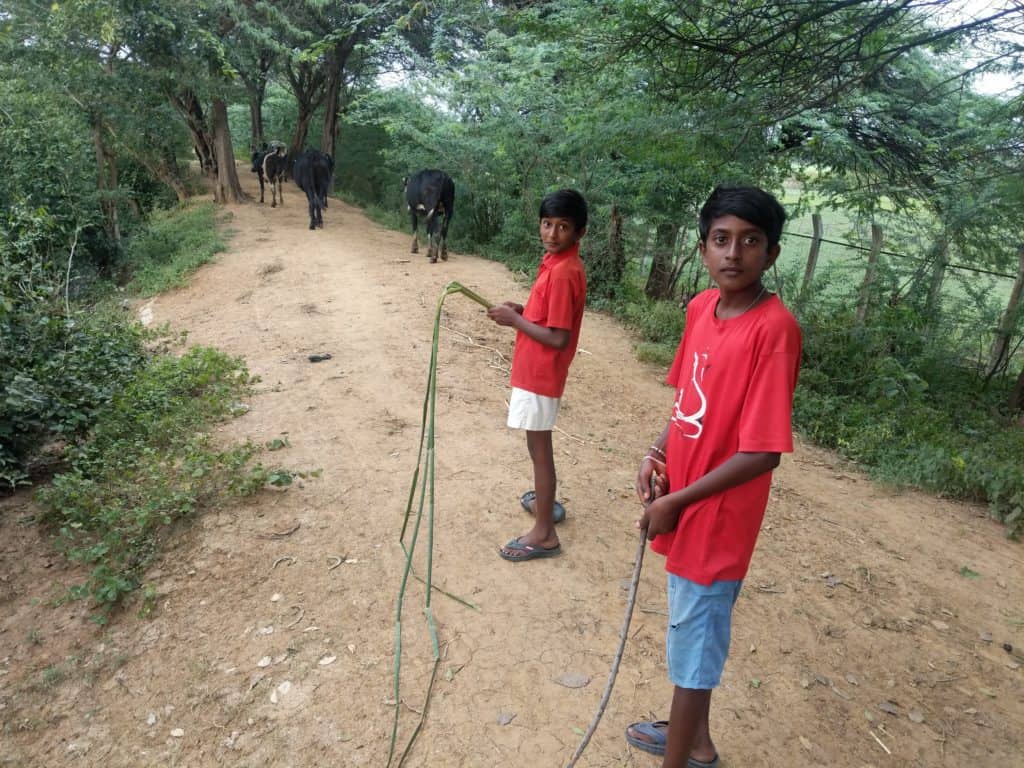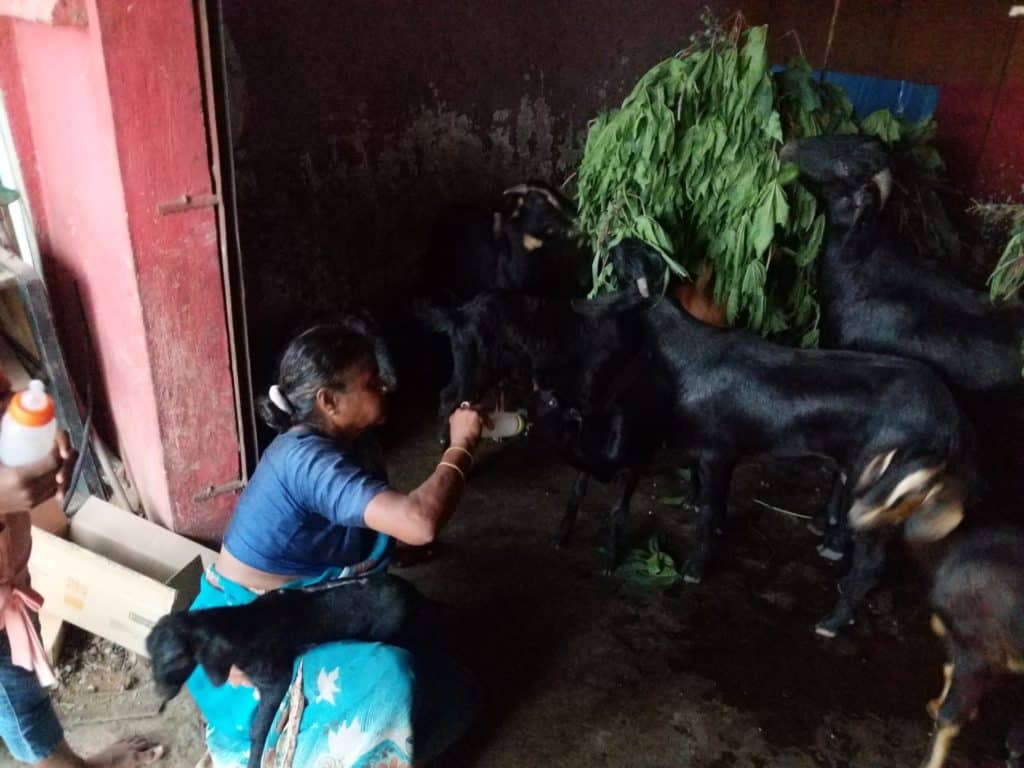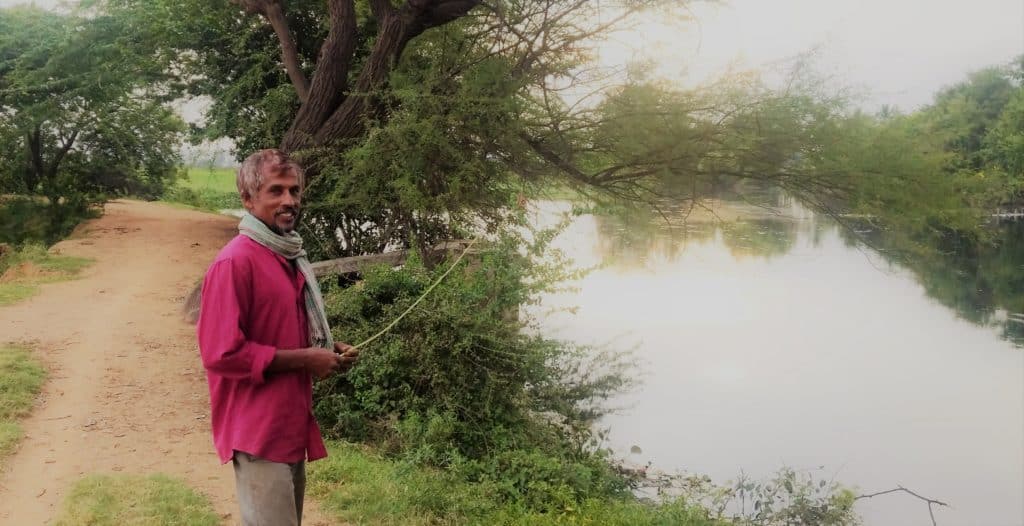It had been over 25 years since Neelamma N Reddy went scouring for greens in Varthur lake.
The lake was a veritable buffet of greens and fish for her. She’d find over 30 varieties of fish and small crabs that could be scooped up from its banks. “Then, there were 4-5 types of greens we’d pick up. Some herbs, like Bassale soppu (Malabar Spinach) were used to treat constipation or piles. The banks had guava, coconut and jamun trees from which children used to collect fruits,” she says.
Bengaluru’s growth turned Varthur into a part of the city’s Information Technology corridor, while the lake, much like the upstream Bellandur lake, became one of the largest cesspools for sewage collection. “The fish died, then the soppus either wilted away or were too polluted to be eaten,” she says.
Putrid sewage that once filled up the 440-acre lake was recently drained, and the daily inflow of over 240 million litres of the city’s sewage has been diverted. Instead, the lake bed now hosts a small reservoir of freshwater collected during the recent monsoons and a vast expanse of grasses and greens.
And Neelamma has once again started foraging. Her keen sight notices the juiciest of the greens, and can spot the minor differences that separate the edible and the inedible. Her eventual haul includes 4 kg of Hongane Soppu (Alternanthera sessilis), Chilakiruve (spinach) and Danttina Soppu (Amaranthus tricolour) which are then fried and boiled into sambars and palyas.
It’s a trip down memory lane for her. “I used to do this so often. Varthur was just a village and everyone would live off the lake. The poor would harvest the greens and sell it in the market,” she says.
Like Neelamma, scores of people forage in the Varthur and Bellandur lakes for greens. Some keep their collection for consumption, others sell it in the market where a kilogram of greens can fetch upwards of Rs 100.
Livelihoods lost with pollution, land conversion
Bengaluru’s loss of green spaces and water bodies has been the subject of reams of research and hours of debate. The loss of livelihoods associated with the city’s once-thriving biodiversity, however, seems confined to margins of memory.
The city’s trees, parks, lakes and open spaces, after all, do not just have aesthetic or recreational values but also once offered livelihood benefits. This can be indirect, such as a street vendor getting shelter and shade or a lucrative point of sale in avenues that see large pedestrian footfall. Or, it can be a more direct benefit, like supplementing incomes through the sale of seeds, grasses, bee hives and fruits.

However, Bengaluru’s dramatic growth has dealt a blow to these livelihoods. Villages replete with soapnuts, honge (Pongamia pinnata), neem, tamarind, drumstick, jackfruit trees – all of which had economic use for villagers and gram panchayats – were converted into residential layouts and commercial complexes. Green spaces remained confined to parks which prioritised aesthetics through plantation of a less diverse set of exotic trees.
Bengaluru’s treatment of lakes has accelerated this decline. Sewage inflow has seen fish stocks disappear and pollutants coat greens and fodder.
For whom are lakes rejuvenated?
In numerous lakes, rejuvenation has been for recreational value, with the lake bed scooped out in a soup-bowl design. This design results in steep banks and a uniformly-deep lake. Wetlands that tend to form in shallow waters would not have space in the lake; and this affects biodiversity of lakes, avian fauna, and reduces the space for greens and fodder. The design curtails cattle herders’ access to wetlands too.
These brute-force changes are stark in Kalkere where a 105-acre waterbody was rejuvenated in 2018 at the cost of over Rs 22 crore. The lake bed has been desilted, but the wetlands have disappeared. The banks are a steep incline of manicured lawns. A nearly 5-km walking track, children’s park and a robust fence mark this rejuvenation effort.
“But, we can’t even go to the lake to graze our livestock. This was a tradition we had been following for generations. Now, we have to go 5-6 kilometers to get fodder,” says Venkatamma, who owns some 20 goats that sustains her household. Even up till five years ago, she would scour the banks for weeds and herbs.

She says, “I didn’t have to buy greens in the market. Before clinics were opened, we’d find herbs to treat wounds and ulcers. We thought that when they rejuvenate the lake, we would have cleaner water and the lake would return to its normal state. We did not think that we would be cut off from the lake.”
Instead of honge and tamarind trees, the Kalkere lake banks sport a variety of exotic species including palm trees. This preference for narrow, fast-growing trees is apparent in the saplings planted by the newly-widened roads, in an area that is fast becoming a suburb of low-rise apartments, gated communities and small industries.

Around the severely-polluted, frothing Margondanahalli (or Huvinane) lake too, honge and tamarind trees have disappeared. H Manjunath, a cattle herder whose house abuts the lake, says, “The village used to have so many honge trees. As children, we used to be sent out twice a week to collect honge seeds. These would be dried and given to the travelling salesmen who would convert it to oil. The poorer people from the village used to earn a living out of it and from the tamarind trees. But, few trees are found now.”
Honge seeds are being sold at Rs 190 per kg at Hoskote, making it lucrative if one can find trees. “We still collect honge seeds before Ugadi – it feels like tradition and it is good money to buy new clothes,” says Manjunath.
[Why are policymakers ignoring the livelihoods intertwined with lakes? And what could be the solutions to this problem? We explore this in Part 2 of the series.]
This article is part of a series on ‘Bengaluru’s Ecosystems and Biodiversity’. This is a joint project with Mongabay India, and is supported by the Bengaluru Sustainability Forum (BSF).
mother earth is poor in front of greedy n destructive humans…
The mallathhalli lake which was taken up for rejuvenation is incomplete. No one knows the reason why the once beautiful lake is in pathetic condition now. Can we start some work to bring it back to old Glory?
SWD and Lake extend enchoreshment not yet demolished all land mofia are politicens